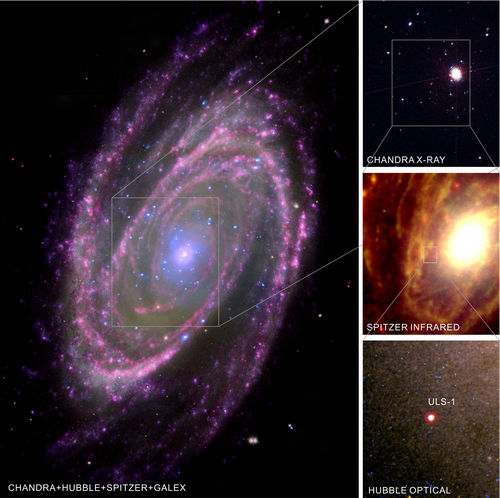The formation of relativistic jets by an accreting compact object is one of the fundamental mysteries of astrophysics. Although the theory is poorly understood, observations of relativistic jets from systems known as microquasars (compact binary stars) have led to a well established phenomenology. Relativistic jets are not expected to be produced by sources with soft or supersoft X-ray spectra. However, using Keck telescope, a team of astronomers discovered an ultraluminous supersoft X-ray source in the nearby galaxy M81 that challenges the canonical theories of jet formation. This result was published in the December issue of Nature, Professor Weimin Gu is a co-author of this paper.
